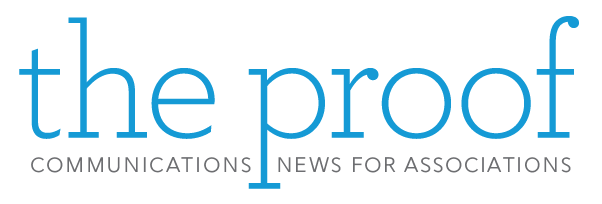 The blog or other social media post is ready to publish after hours of writing, re-writing, and proofreading. The perfect photo to accompany it pops up early in your search, so you post and smile at meeting your deadline.
The blog or other social media post is ready to publish after hours of writing, re-writing, and proofreading. The perfect photo to accompany it pops up early in your search, so you post and smile at meeting your deadline.
Are you sure the photo was not copyrighted?
Photographers are more diligent about monitoring use of their work as social media and the proliferation of different types of content continues to grow. One content development company recounts their experience in a humorous and alarming blog that shows how expensive copyright infringement can be – even when it was inadvertent.
Attorney David Kemp offers the following advice to avoid copyright infringement:
-
Obtain royalty-free images from reputable sources
Although many websites offer free or royalty-free images, be aware that not all of them go far enough to check if the photos are uploaded by users who own the rights or if they are actually free. While Kemp makes no guarantees or assertions as to the copyright status of images on these sites, he does recommend checking the following:
Free
Royalty-Free
-
Do a background search on any image before using it
A reverse image search can show you where the image has appeared before can alert you to an image’s copyright status.
Kemp recommends using:
- Google Image Search – You can drag and drop an image to Google Image Search to do a reverse search.
- TinEye – Perhaps the best reverse image search out there.
-
Take your own photos
Solve the ownership question of a photo by taking it yourself – or hiring a photographer to take the photo. While the ownership issue is resolved, be sure you don’t infringe upon any trademarks or individual privacy by avoiding photos of trademarked brands or photos of people who have not given their permission to be photographed.
To see the full article, go to “Three Ways to Avoid Copyright Infringement for Images on Your Blog.”
For more information about copyright law, go to “How to Avoid Copyright Infringement.”







